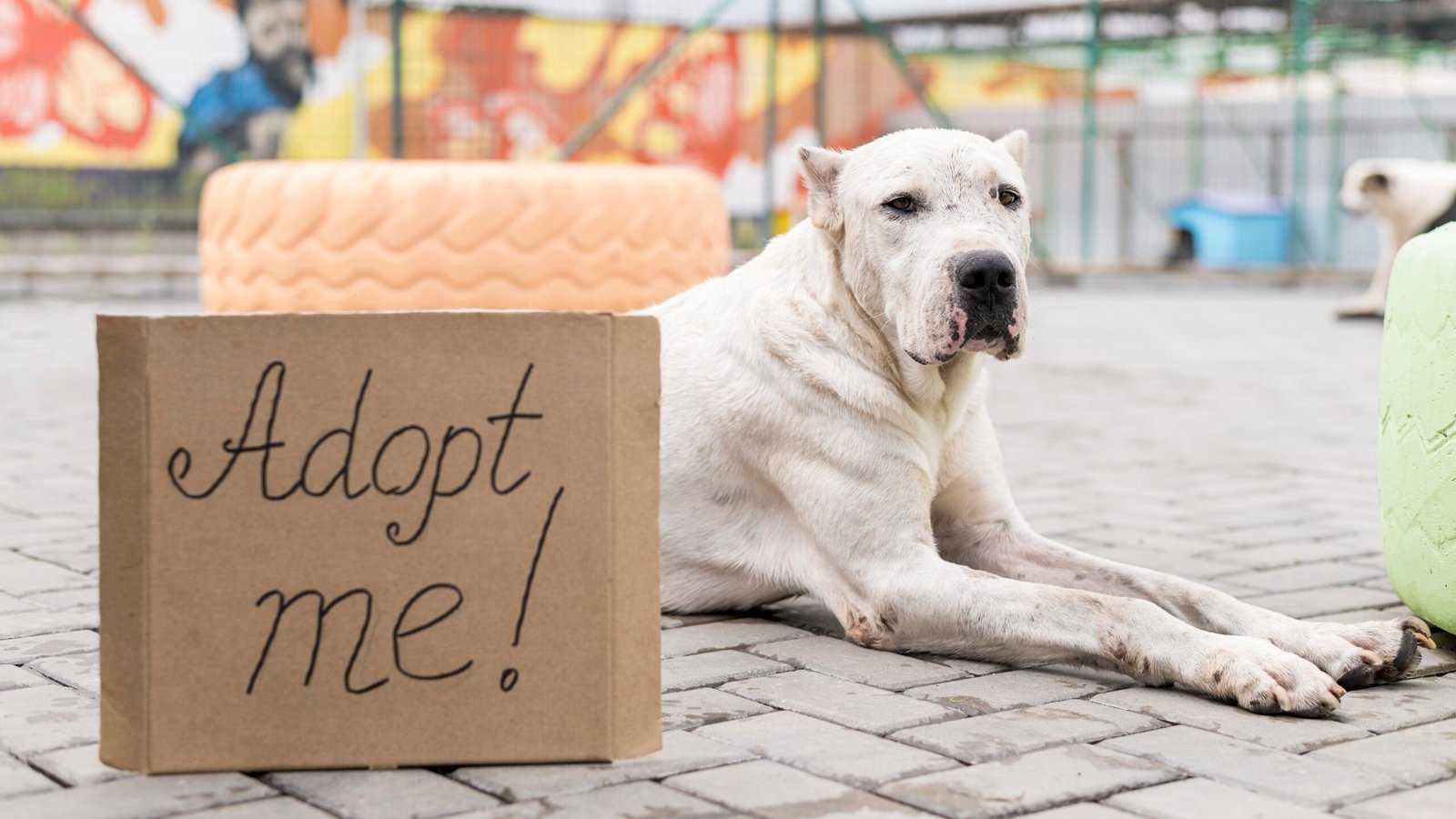Many people face a challenging decision when it comes to choosing a pet. Often, they opt to buy from breeders or pet stores. Unfortunately, this choice neglects countless stray animals in shelters. But why is this happening? Several factors contribute to this preference.
Perception: The Allure of Purebreds
First and foremost, society glamorizes purebred animals. For instance, advertisements often promote their uniqueness and lineage. Consequently, many people perceive them as more desirable. Moreover, misconceptions about stray animals abound; many believe they are unhealthy or poorly behaved. As a result, this perception discourages potential adopters from considering these animals.
Convenience vs. Commitment
Secondly, convenience plays a significant role in this decision-making process. In many cases, buying a pet can seem much easier than adopting one. Pet stores typically provide a ready-to-go experience. In contrast, the adoption process requires more time and effort. Prospective owners must fill out applications, attend interviews, and sometimes undergo home checks. Thus, this process can feel overwhelming, especially for first-time pet owners.
The Fear Factor: Unknowns and Risks
Next, fear also influences these decisions. People often worry about the unknown history of strays. Questions swirl in their minds: What if the animal has behavioral issues? What if it carries diseases? Such concerns create hesitation. Sadly, this fear prevents many from considering adoption, despite the numerous rewards it offers.
Cultural Influences: A Deep-Seated Belief
Furthermore, cultural factors significantly impact pet ownership preferences. In some cultures, owning a purebred is viewed as a status symbol. This mindset fosters the belief that only expensive pets are worthy. Consequently, stray animals are often overlooked. Thus, society needs to shift its perspective to value all animals equally.

Emotional Disconnect: The Lack of Awareness
Moreover, there exists an emotional disconnect regarding the plight of stray animals. Many people simply lack awareness of their struggles. Strays often face harsh realities, enduring hunger, illness, and neglect. Until individuals recognize these struggles, they may not feel compelled to adopt.
Community Engagement: A Path Forward
So, what can be done to encourage adoption? Community engagement is crucial. Educational campaigns can effectively raise awareness. For example, schools, businesses, and local organizations should host events that showcase strays and highlight their stories. Sharing personal narratives from adopters can also make a significant difference.
Social Media: A Powerful Tool
In addition, social media serves as a powerful tool for change. Organizations can utilize platforms to share photos and videos of strays. Heartwarming stories can reach a wider audience, and viral content has the potential to change perceptions. A cute video, for instance, can inspire someone to adopt instead of buy.
Collaboration: Working Together for Change
Additionally, collaboration between shelters and businesses can foster meaningful change. Pet stores could partner with local shelters to host adoption days, introducing potential pet owners to lovable strays. Such initiatives can effectively bridge the gap between buying and adopting.
Legislation: A Necessary Step
Moreover, legislation can play a pivotal role in promoting adoption. Laws that regulate breeding practices can help address the issue. By limiting irresponsible breeding, more people may consider adoption. Furthermore, governments should incentivize adoption through tax breaks or free veterinary care for adopted pets.
Changing Narratives: From Purchase to Rescue
To shift the narrative, it is essential to redefine what it means to get a pet. The focus should transition from purchase to rescue. By promoting adoption as a heroic act, we can encourage more people to take action. After all, adopting saves lives and brings immeasurable joy.
Conclusion: A Call to Action
In conclusion, the preference for buying pets over adopting strays stems from various factors, including misconceptions and emotional disconnect. These barriers need to be addressed. To create a more compassionate world for animals, we must raise awareness and foster education, community involvement, and collaboration. Let’s choose love and embrace the motto: Adopt, don’t shop! The life you save could become your best friend.
